As a voice over artist my days are pretty varied sometimes I head into town for sessions and sometimes I record from my home studio. A lot of voice over artists with home studios have ISDN which is a way to record remotely using a codec and a separate ISDN phone line. Codecs are pretty expensive even second hand and you have to pay a line rental for your ISDN line.
Is there an alternative?
I think we may have found it! It’s called ipDTL by a company called In Quality .
It won the Technical Innovation award at the Radio Festival this year.
How does it work? All you need is a broadband connection and Google Chrome either end! Yes no proprietary hardware, no special phone lines! One of you needs to be signed up so that you can give the other end the login and password. Once you’re both logged in you can record high quality audio through your broadband connection! It’s that simple.
Here’s a video with a little bit about it.
I’ve been using is for a week now and I think it’s fantastic! The quality is great and it’s very easy to use. Plus it’s only £99 per year for voice over artists.
I think this is very exciting and we may just have found a game changer in the voice over world!
Let me know what you think of ipDTL in the comments below.

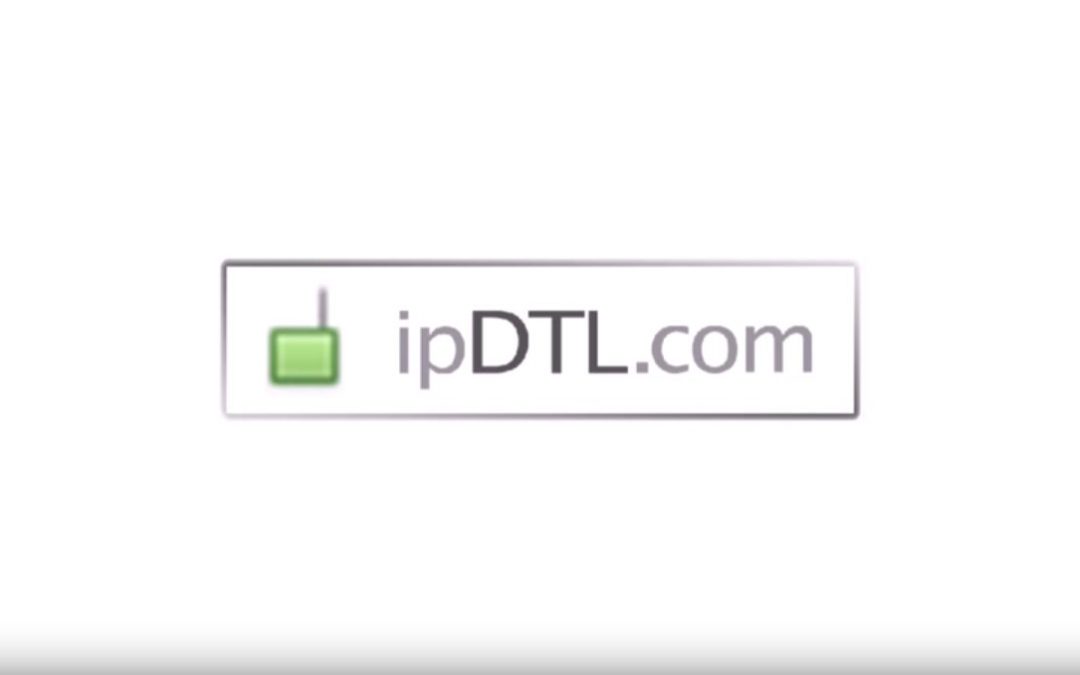

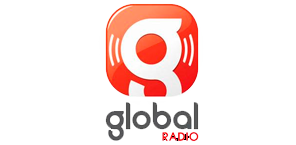




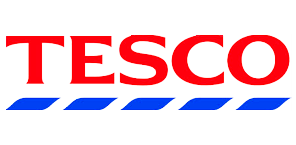

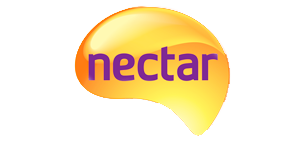


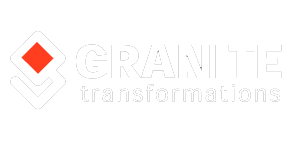



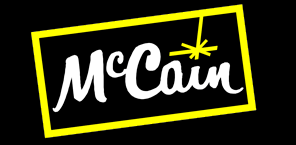

Fascinating and uber helpful, Rachael! Well spotted + shared. 🙂
Thanks Debby x
Is this only in the UK? How many people in the US are using it?
It’s pretty early days for it and at the moment I think one end has to be in Europe. But I’m sure it won’t be long till it’s available worldwide.
HI Frank. It will work anywhere in the world. We don’t yet have relay servers in Africa, Asia or Middle East but you may find you don’t need it – just depends on the NAT / firewall at each end.
Hi Rachael, I’m interested in finding out more about this. How does the recording of a VO session get done using this? If you both have google chrome, can it be recorded using software at either the VOA’s end or the production end or both?
Hi Kev. You could use Soundflower or similar to capture the incoming stream but the easiest way is to have two computers and a mixing desk.:
Seriously exciting, this ipDTL! As one of many voice freelancers in UK with no prospect of local access to ISDN, my options on a live-direct are Skype, or the new Soundstreak, followed up by a quality file. On a long session, that tries the patience of producers: a 0:60 track 24/48 takes two hours to travel. I trust that this Mancunian wonder will become accessible to USA where the vast bulk of voice work is originated.
Hi Howard, yes it’s very exciting! Having to have a phone line installed in this day and age seems very outdated when we are all connected via the internet. You can already connect with the US using is now. I think they are rolling out the US to US version this week.
Hey Rachael,
I am rounding the corner on my 1st week of my one-month free trial of IP–DTL.
May I say…WOW!?
I’ve been in this biz professionally for 22+ years and have been payin’ for ISDN for about 13 of those years and I can tell you, IP DTL is THE most exciting thing I’ve seen to potentially replace ISDN.
First, I have “OK” speeds = about 5MB Download and about 0.65 upload speeds.
So far I have now hooked up IP-DTL with 4 computers – one being my own laptop – connecting via IP-DTL to record on my main desktop and to with 2 separate friends who utilize audio and the 4th being my father in LA using only his desktop speakers.
The quality of the stream was absolutely amazing (possibly even spectacular).
The good news is that I think pretty much anyone with the Google Chrome browser can utilize the service. With the paid service (or indeed the one-month free trial) one has 3 streaming options available: 40, 64 and 128Kbps. (It seems to me there is an option available which only utilizes 40 Kbps which is free – you may want to check that to be sure).
I was impressed at how good even the 40Kpbs setting sounded – I’d be curious to see the 40 K in the free service is as good.
The only glitch was for a few seconds when I 1st hooked up with my father to his computer in Los Angeles, he said I sounded staticy… we just both refreshed and 4 seconds later: no problem at all – crystal-clear audio for maybe 10 minutes of streaming (he spoke to me via phone as he didnt’ have a mic hooked up).
The most exciting test was to a guy who’s fairly conversant with audio, etc. and who recorded me from recording studio across town. When he dropped the wave file of my short recording into dropbox and I had a chance to hear it in my own studio a few mins later, I was flabbergasted. It is absolutely 100% as good (or better?) Then ISDN!!
Costs?
I’m currently paying US$118 per MONTH for ISDN through AT&T. This is under a “cheap” contract (before which I was paying $259 a month!).
IP–DTL is now charging 99 British sterling per YEAR which equates to about US$157.00 – that’s per YEAR.
CONS:
There is one big hurdle… Well 2 hurdles if you count weaning people off of the “tried and true” format of ISDN after all these years – and that is this: the recording setup MUST be able to cleanly record off of the Internet to make this work. For instance, if one cannot open up their recording software (ProTools, sound Forge, Adobe audition, audacity etc.) and successfully record let’s say an Internet radio station or the audio off of YouTube, etc., they won’t be able to make this work.
The successful audio recording my friend across town did was not without a bit of sweat and tears; it took him some time – hours – to figure out the configuration to make that work. Not all folks will take that much time:-)
The good news is, I’m guessing (hoping) that most recording studios have the faculty to record off the Internet already built into their business model. It’s my understanding that it CAN be done on pretty much ANY computer – Windows or Mac – any version. That said, it may not be a lickety-split affair 🙂
If the folks at IPDTL.COM can come up with a way – some sort of workaround etc., to make that easier, then we may indeed see a replacement for ISDN happening fairly quickly.
I know this is getting a bit long winded but I’ll leave you with this – I just got done with a session with another friend across town and that session (much like the one with my father from Dallas Texas to Los Angeles) had absolutely NO dropouts – not one… Not even a small one.
I’ve never used Source Connect, but I’m told that even after improvements, this is not the case in many instances with S.C.
My free trial came with an extra username and password (for producer at the recording end, etc.) and thus, if anyone is interested, reply privately and I’d be happy to set up a test.
Hi Ari;
My trial is up, but I’m planning on buying, although I still need to do some more trying before sharing with clients.
Are you still game?
Thanks,
Debbie
Hi Debbie, I’m happy to test it with you if you’d like. Send me an e-mail – rachael@rachaelnaylor.com x
As a studio owner with both APT and Layer II ISDN codecs and Source Connect available to clients, I will be interested in checking this out. A few things concern me that may impact overall quality. 1) The OPUS codec is incorporated into this product. My initial research on OPUS indicates that it is a flexible codec that easily trades reduced latency for audio quality. It also is mentioned as a codec optimized for speech. That’s often a catch phrase for limited frequency bandwidth or spectral manipulation –not a good thing when it comes to delivering a broad frequency range with a high degree of fidelity to the source. Much depends upon how ipDTL’s implementation incorporates the features of OPUS. 2) This audio only version appears to be more like a “non-video” version. Give us a product truly dedicated to audio with options above a data rate of 128k. 3) The target market for this product is broadcasters –both traditional and digital– market segments not known for putting quality audio high on their priority list.
Hi John,:
Give it a go and see how you get on. The audio we’re hearing from OPUS is pretty impressive if you’ve got a solid connection.:
As for higher bitrates – one step at a time!:
Very exciting indeed Rachael! If this makes it to the United States I guess I’ll have to sell my Telos X-Stream ISDN, that is if anyone would buy it. Thanks for the info.
Hi Lance, it’s available in the US now! Get yourself a free trial.:
I’ve been in IT for years, but am new to acting and VO. “Broadband” is a generic enough term to suggest high-speed data transfers, but since not all broadband is the same, what are the up- and down-stream rates required for this to work well?
Hi David.
For a good steady connection at 128kbit/s we recommend 1mbit/s upload to allow for variables such as contention…but it will run at far less.
I did a test and a review. On the same DSL line from a room to another, using analogical gears and mp3’s files.
Easy, fast, great software.
http://www.paolobalestri.com/ip-dtl/
Thank you for your post.
David – my upload is never better than 377 kbps, and download hovers around 6meg
unless the village school is doing IT. But in a trial with Ari, we got an excellent two-way link, audio to near 15 kHz and no burbling, between my Mac and his Windows pc. Could not determine bitrate with certainty from the interface, or whether we succeeded when we tried to switch it, but that’s something to put in feedback to Kevin. He’s in for a busy life!
Many people are asking about a record facility. I used the very simple WireTap app, and it kept Ari and me separateable.
Maybe there would be issues around double encode/decode doing it that way – but that’s for others to clarify.
As John says, the target market is broadcasters. I think other voice workers will need to keep up visibility to ensure our needs are built in. No shortage of enthusiasm!
I’ve been very impressed by the friendly, quick, and professional responses I’ve been given by In Quality. They’re a thoughtful company, and they seem to be poised to make their service be a viable post-ISDN solution. There will still be a need for ISDN in many applications; but for general voice over ISDN is Hardware Overkill, and ipDTL sounds very good too me (I used to be an audio engineer). They say “There’s Fast, Good, and Cheap…pick two.” Well, ipDTL is convenient, affordable, and good. It’s a winner.
Hi Lance, thanks for the comment. I’m with you on this and I’m very impressed with In Quality as a company and I think ipDTL is fantastic. It’s so exciting when new technology arrives that ticks a lot of boxes including affordable and easy to use.
Hi there, I tried it here in Germany today, but I can’t get a connection to my audio input signal in chrome. I have chosen the right driver and I can see the input signal in the mac system settings, but no signal at audio send level. My interface is MAudio Fast Track Ultra USB. The internal mac mic works. I have no solution for that problem, so I’m not able to use it with my professional setup. I can find in the FAQ the following hint: “On certain devices only specific physical inputs are routed to Chrome.” That might be the problem. It depends on your chrome compatibility, if this is a solution or not.
Although I’ve been a V/O artist and actor for over 40 years I’m always up for learning new stuff. ISDN for me had always been, to quote one of your correspondents, “overkill”. Particularly after Skype appeared. I love the concept of this new age V/O aide. Anything to stamp out the dinosaur that has kept all of us in thrall. Cn’t wait until it gets a bit cheaper. Love to all you talented Voicers. Don
Hmm it looks like your website ate my first comment (it was extremely long) so I guess
I’ll just sum it up what I wrote and say, I’m thoroughly enjoying your blog.
I too am an aspiring blog blogger but I’m still new to everything.
Do you have any suggestions for beginner blog writers?
I’d definitely appreciate it.